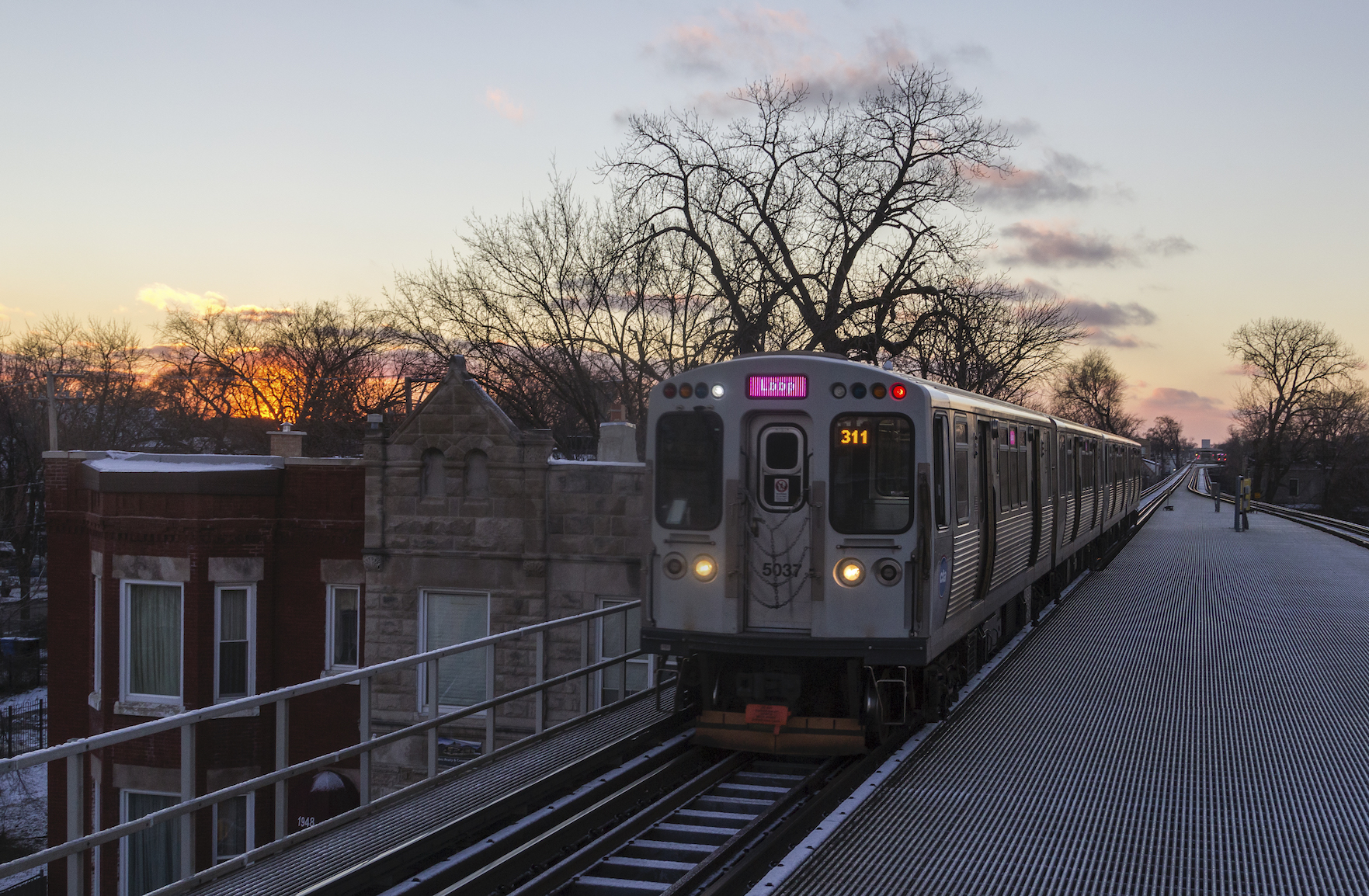As part of her stated goal to spread the development wealth to more communities, Chicago Mayor Lori Lightfoot released a plan today to build up 10 neighborhoods on the city’s South and West Sides. The neighborhoods are Austin, Auburn Gresham, Englewood, Humboldt Park, Quad Communities (which includes North Kenwood, Oakland, Grand Boulevard and Douglas Park), North Lawndale, New City, Roseland, South Chicago and South Shore. However, the city did note that the program “could be further expanded to additional neighborhoods across Chicago” if it’s successful.
Twenty-ninth Ward Ald. Chris Taliaferro, who represents parts of the Austin neighborhood, noted that though the plan only targets a few pockets of the city, improving conditions in some of the city’s most low-income areas can lift all economic boats. “The path to transformative growth in Chicago runs through our South and West Side neighborhoods, and I look forward to continuing to work with everyone on this mission to care for our families and support our local businesses to reach new heights of prosperity and strength,” he said in a press release announcing the initiative.
Perhaps in a nod to the city’s strapped finances, the press release specifically noted that the program, called INVEST South/West, will spend some “$750 million in already allocated funding over the next three years,” rather than seeking new sources of funding. Some $250 million will come from tax increment financing, as well as the Small Business Improvement and Neighborhood Opportunity funds. The remainder of the funds will come from planned infrastructure projects, such as improvements to the CTA Green Line and the Auburn Park Metra Station, as well as a new track and field facility in Pullman’s Gately Park.
Many of the improvements appear to be focused on commercial real estate, including retail, restaurants, community gathering spaces, streetscaping and transit upgrades. However, housing was mentioned as a possible target as well, depending on what members of the community communicate as their priorities. “Real change at the neighborhood level starts with residents’ vision and requires an aligned focus on economic development, affordable housing, cradle-to-career education pipeline and wrap-around human services,” said Sean Garrett, president and CEO of United Way of Metro Chicago. “We believe in this collaborative, community-led approach.”
Though the city is planning on using available resources and existing plans in order to “quickly take action,” the work won’t begin in earnest until 2020. The city is looking to collect community feedback before the program starts work on the ground, though an outreach program led by the Department of Planning and Development. The mayor is looking specifically for input on which commercial corridors should have development priority, which community assets would be best to leverage in each neighborhood and what type of metrics the program should be measured by, in order to determine if it’s ultimately successful. Though the conversations and departmental planning will take place throughout the last quarter of 2019, the investment work itself isn’t scheduled to begin until early next year.
The new initiative comes on the heels of an announcement last week that the Department of Housing is putting together a task force on housing affordability that will specifically examine the city’s Affordable Requirements Ordinance. The department will be accepting applications from Chicago residents, civic organizations, community advocates, unions and housing developers to join the task force until 5 p.m. this coming Monday, October 28.
